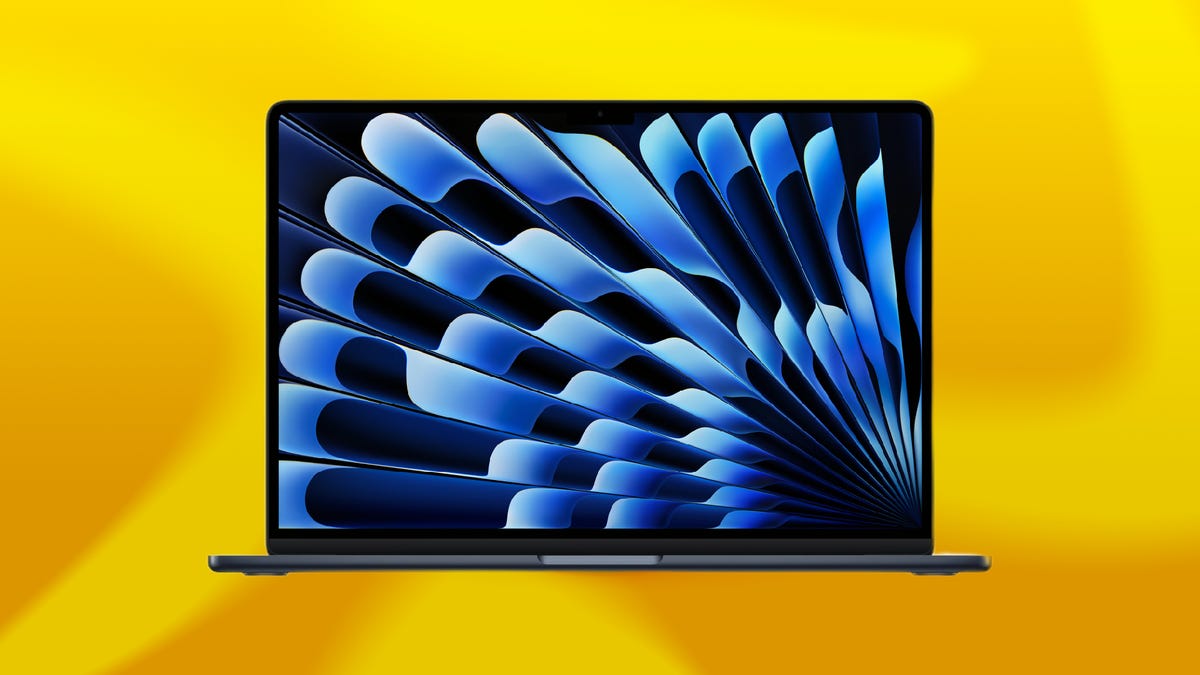It’s surprisingly hard to let go of a Mac laptop, even when you know it’s probably time for an upgrade. The idea of spending a lot on a new one can feel daunting, especially when the current one technically still gets the job done. We get…

It’s surprisingly hard to let go of a Mac laptop, even when you know it’s probably time for an upgrade. The idea of spending a lot on a new one can feel daunting, especially when the current one technically still gets the job done. We get…